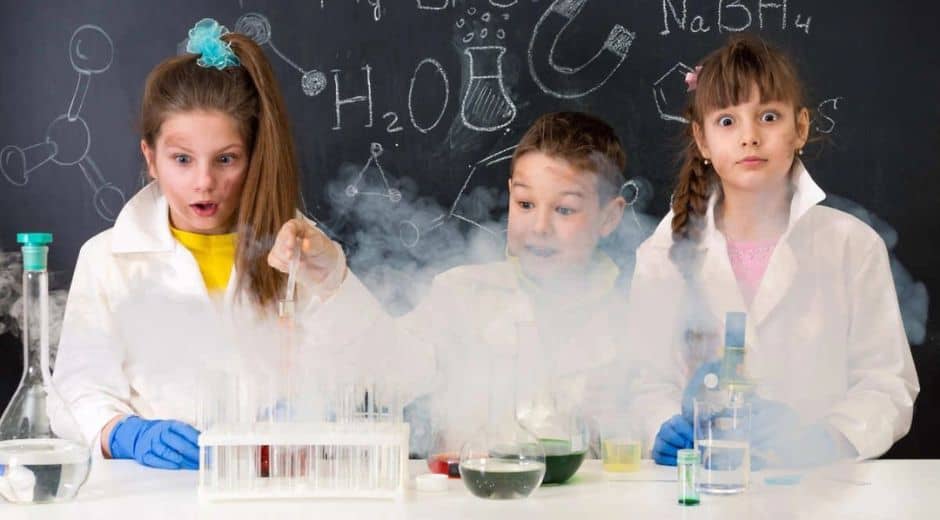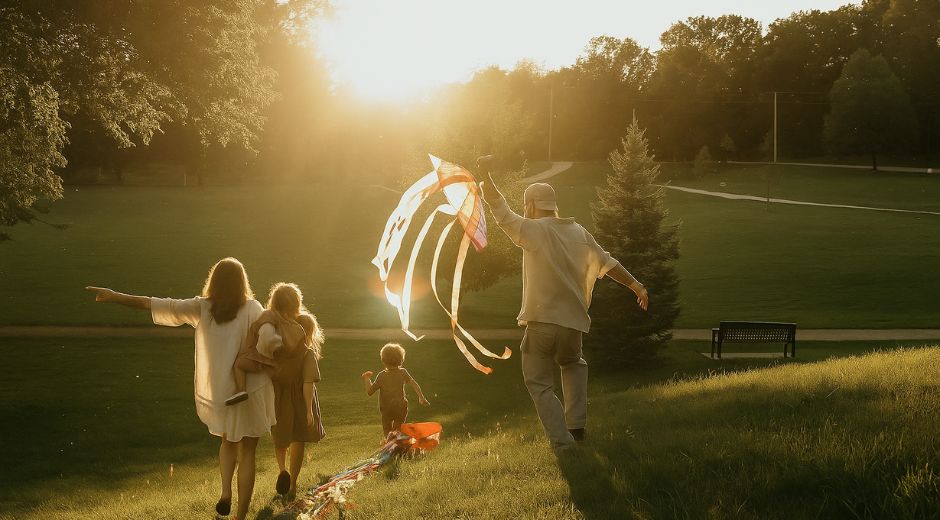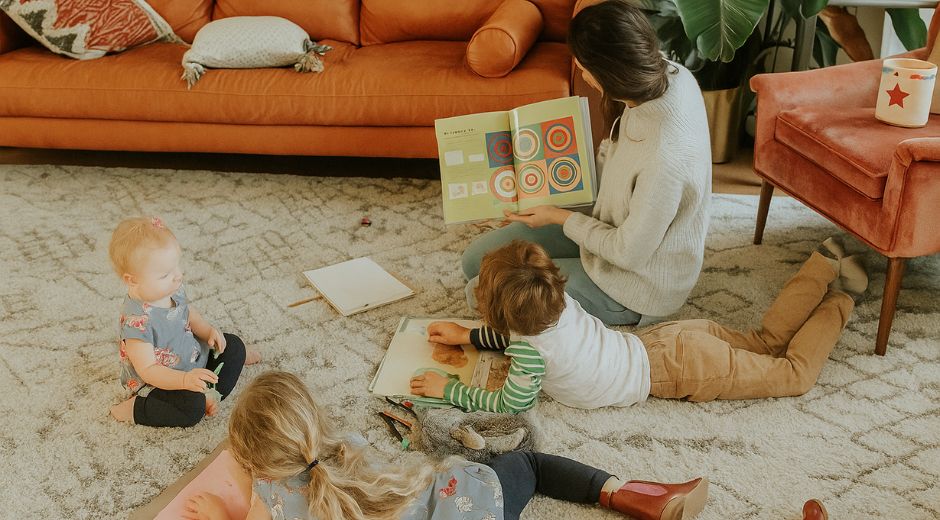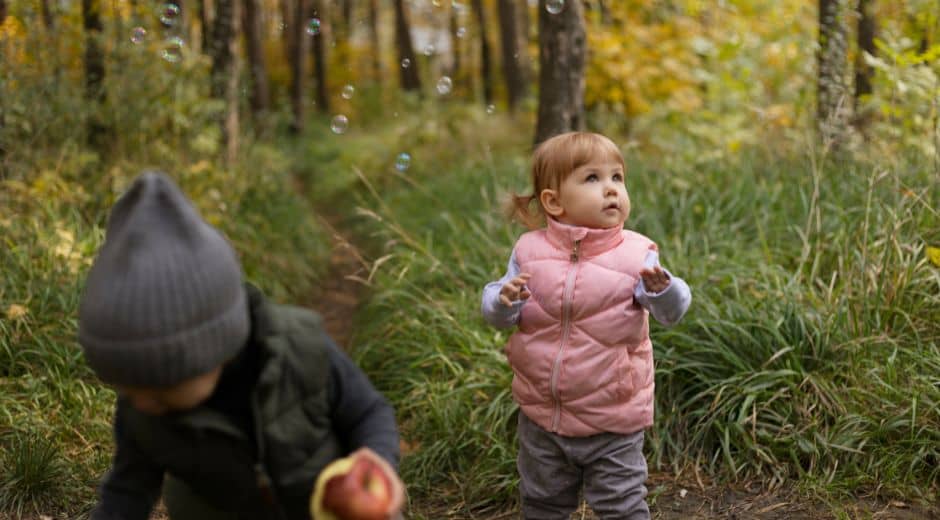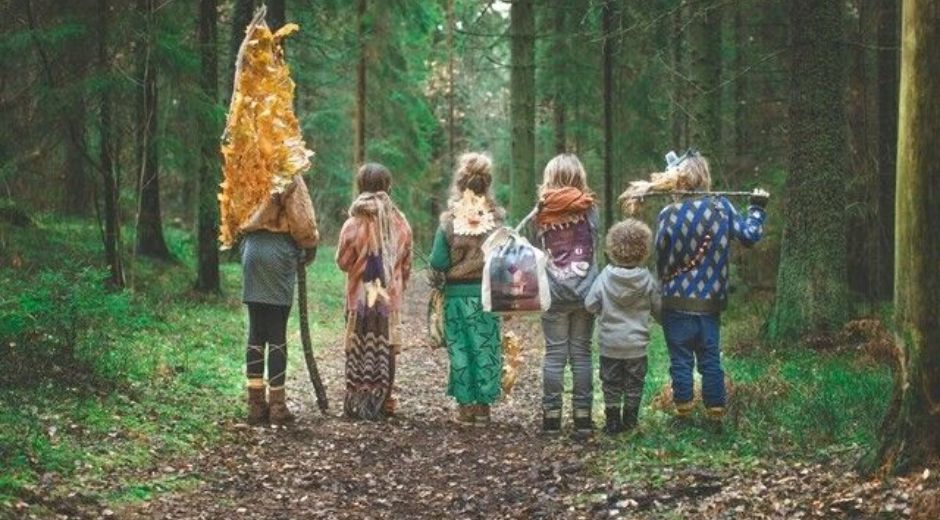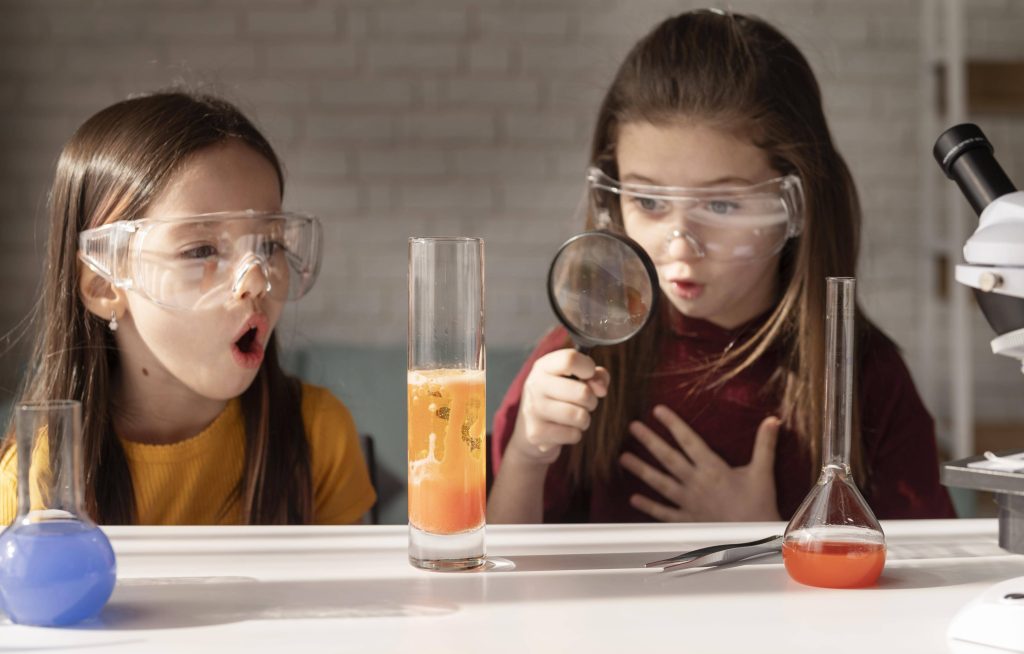Exploring the World Through Science Experiments & Discovery
Exploring the World Through Science Experiments & Discovery
Science has a remarkable ability to transform everyday curiosity into meaningful learning experiences. Exploring the world through science experiments and discovery isn’t just for classrooms—it’s a fun, engaging, and educational activity that can spark imagination in children and adults alike. These hands-on experiences allow participants to observe, hypothesize, and test ideas while fostering critical thinking, problem-solving, and creativity.
Making Science Tangible Through Everyday Experiments
From simple home experiments to more structured projects, science activities can make abstract concepts tangible. When kids measure the growth of plants, observe chemical reactions, or test the physics of motion, they gain firsthand understanding of how the world works. Parents and educators alike can encourage a sense of wonder by framing these activities as small adventures in exploring the hidden mechanisms of daily life. For example, noticing the way vinegar reacts with baking soda or how magnets attract objects can be both exciting and educational.
Encouraging Lifelong Curiosity
Exploring the principles of science through discovery also encourages lifelong curiosity. A child who engages with hands-on projects early on is more likely to ask questions, seek answers, and approach challenges creatively. This foundation is invaluable, as problem-solving skills learned through science activities translate into other areas of life, from academic pursuits to personal projects. Platforms like FocusMindFlow emphasize structured mental engagement, showing that curiosity paired with guided learning can dramatically enhance critical thinking abilities.
Simple Home-Based Experiments
One of the simplest ways to begin exploring science is with experiments that require materials already available at home. For instance, observing how oil and water interact, creating a homemade volcano, or testing the strength of different materials teaches children fundamental scientific concepts without overwhelming them with complex equipment. Parents can encourage documentation of results through journals or sketches, promoting both analytical skills and creative expression. Internal resources like CoolParentingTips often highlight similar hands-on approaches to learning that are accessible and engaging for families.
Discovering Science in Nature
Nature provides countless opportunities for exploring science as well. Observing insects in a garden, measuring rainfall, or noting changes in seasonal foliage introduces children to environmental science and biology. These activities cultivate an appreciation for the natural world and encourage mindfulness. By combining outdoor adventure with learning, kids develop observational skills and gain insight into ecosystems and environmental processes. For inspiration, EcoGlobalo offers ideas on sustainable science activities that tie in environmental awareness with practical experimentation.
Learning Through Travel and Field Trips
Travel can also expand the horizons of scientific discovery. Visiting museums, science centers, and historical sites provides immersive experiences that textbooks alone cannot offer. Locations featured on platforms like TripBeyondTravel showcase how exploration can blend education with adventure, making science tangible and memorable. Even local excursions, like trips to botanical gardens or planetariums, allow children and adults alike to observe scientific principles in action while fostering curiosity and engagement.
Integrating Technology for Interactive Learning
Incorporating technology into science experiments offers another dimension for discovery. Educational apps and online simulations enable participants to exploring complex concepts safely and interactively. Virtual labs, coding exercises, and digital microscopes allow learners to manipulate variables and test hypotheses in ways that were previously inaccessible. Websites like Chronostual provide tools and resources that enhance understanding and engagement, bridging traditional experimentation with modern technological innovation.
Collaborative Science Activities
Science activities can also promote social and collaborative skills. Group experiments, whether in classrooms, community centers, or at home, allow participants to share ideas, divide tasks, and collectively solve problems. Collaborative exploring fosters communication, teamwork, and patience, while also introducing new perspectives that might spark unexpected insights. Children learn that experimentation is not just about individual achievement but also about collective learning and creative problem-solving.
Safety and Accessibility in Experiments
Safety and accessibility are important considerations when designing science experiments. Parents and educators should ensure that materials are age-appropriate, non-toxic, and manageable within the available space. However, even simple, safe experiments can provide valuable lessons. For example, measuring water displacement to understand volume or observing how heat affects different substances demonstrates foundational scientific concepts while remaining safe for home or classroom use.
Fostering Creativity Through Experimentation
Another key benefit of exploring science is its ability to integrate creativity and imagination. Experiments often have unexpected results, and observing these outcomes encourages learners to think critically and adapt. Creative problem-solving is essential in science, whether it’s designing a bridge from everyday materials or figuring out why a reaction behaves differently than expected. These activities highlight the iterative nature of learning: hypothesize, test, observe, and adjust.
Building Confidence and Interest in STEM
Encouraging curiosity through science experiments can also spark interest in STEM (Science, Technology, Engineering, Mathematics) fields from an early age. Children who enjoy hands-on learning are more likely to develop confidence in tackling scientific questions, building a foundation for advanced study and even future careers. Parents and educators can nurture this interest by presenting challenges that are slightly above the child’s current skill level, promoting growth while keeping activities engaging and fun.
Documenting Discoveries
Journaling observations, drawing diagrams, or creating presentations from experiment results reinforces learning and strengthens communication skills. Sharing findings with peers or family members adds a social dimension to discovery, making science more engaging and interactive. Platforms like FocusMindFlow emphasize the importance of structured reflection alongside practical activity, helping learners make connections and deepen understanding.
Connecting Science and the Environment
Outdoor science activities can also encourage environmental stewardship. Children who measure rainfall, observe animal behavior, or track plant growth gain a personal connection to nature. Activities like building bird feeders, collecting leaves for identification, or monitoring local water quality provide hands-on experience while fostering responsibility for the environment. Resources like EcoGlobalo offer creative ways to combine environmental learning with experimentation, making science both practical and meaningful.
Everyday Science in Daily Life
Even small, everyday activities offer opportunities for discovery. Cooking, for instance, involves chemical reactions, measurements, and temperature control—all accessible avenues for learning. Observing yeast in bread rising or experimenting with different cooking methods can teach concepts like fermentation and heat transfer in a practical, hands-on way. Such daily science experiments make learning immersive and relatable, showing that science is part of life, not just a subject in school.
Developing a Lifelong Curiosity
Finally, the joy of exploring science lies in fostering a mindset of curiosity and resilience. Experiments may fail, but failures are learning opportunities that encourage persistence and creative thinking. Encouraging children and adults alike to ask “why” and “what if” nurtures lifelong learners who see challenges as chances to discover something new. Sharing experiences, whether through family projects or online communities like CoolParentingTips, reinforces a sense of accomplishment and motivates further exploration.
Conclusion: The Joy of Discovery
By exploring science through hands-on experiments and discovery activities, learners of all ages can develop critical thinking, creativity, and problem-solving skills. The process encourages curiosity, fosters resilience, and demonstrates that learning can be a fun and dynamic experience. Whether in a classroom, at home, or in nature, science provides countless opportunities to engage with the world, spark wonder, and inspire innovation.
Exploring the world through science experiments and discovery is not limited to children—it is a mindset for all ages. Adults can rediscover their curiosity, revisit forgotten concepts, or try complex experiments that challenge their thinking. The excitement of hands-on discovery is universal, reminding us that learning is a lifelong adventure.
By incorporating everyday materials, technology, outdoor exploration, and collaborative projects, families and learners can create an enriching, interactive science environment. Combining structured guidance with opportunities for experimentation nurtures both knowledge and creativity. The lessons learned extend beyond science, influencing problem-solving, innovation, and engagement in everyday life.
In conclusion, exploring the world through science experiments and discovery offers more than just academic benefits. It instills curiosity, encourages critical thinking, and fosters creativity in both children and adults. With simple tools, imagination, and guidance, anyone can transform ordinary spaces into laboratories of learning and adventure. By making hands-on science a regular part of life, we encourage not only knowledge acquisition but also a lifelong love of exploring the mysteries of the world around us.
Learn Bond Bloom

Calm Corner Setup for Emotional Regulation
Calm Corner Setup for Emotional Regulation

Big Feelings Tools Kids Can Learn Fast
Big Feelings Tools Kids Can Learn Fast

Picky Eating Solutions That Feel Simple
Picky Eating Solutions That Feel Simple

Morning Routine Ideas for Smoother Days
Morning Routine Ideas for Smoother Days
